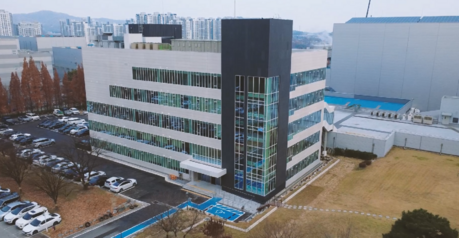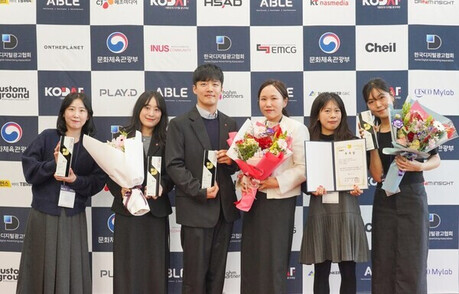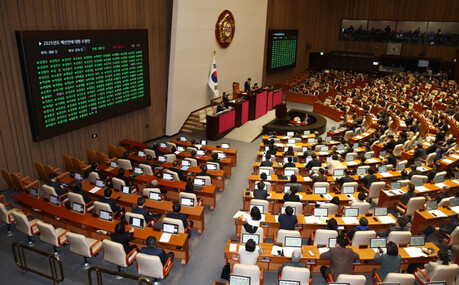
Southeast Asia could unlock up to 25 gigawatts (GW) of renewable energy generation and attract over $40 billion in investments in hydropower, solar, and offshore wind, provided all proposed interconnections with Singapore materialize. This is according to a recent study by energy intelligence firm Rystad Energy.
Rystad Energy stated, "Singapore is favorably positioned to be the pivot of cross-border interconnections as a green power hub." They added that "importing electricity through regional grids offers a cost-efficient solution for Singapore and could lead to a reduction of up to 13 million tonnes of carbon dioxide emissions annually if all projects materialize."
ASEAN Power Grid (APG) Initiative Takes Shape
At the ASEAN Summit held last month, major energy companies from Malaysia, Singapore, and Vietnam signed an agreement to assess the feasibility of exporting renewable energy from Vietnam to its two neighboring countries via new submarine cables. This is considered a significant step in materializing the ASEAN Power Grid (APG) initiative.
"Singapore aims to import 6 GW of low-carbon electricity by 2035, which would account for approximately one-third of the nation’s energy demand at that time," the three companies said in a joint statement. They further emphasized that "regional grid connectivity will also spur renewable energy development in the region and pave the way for the realization of the APG vision."
At the biennial meeting in Kuala Lumpur, ASEAN finance ministers and central bank governors discussed the proposed financing framework for the APG. Malaysian Prime Minister Anwar Ibrahim stated in the Chairman's Statement of the Summit, "We look forward to the signing of the enhanced ASEAN Power Grid Memorandum of Understanding (MOU) in 2025 and the approval of the detailed Terms of Reference for the development framework of submarine power cables." The first MOU on APG was signed in August 2007.
Prime Minister Anwar stressed, "This will strengthen the legal and institutional framework for multilateral power trading and support the development of multiple cross-border terrestrial and submarine electricity interconnections within ASEAN to realize the APG vision by 2045." The APG aims to enhance energy security within the ASEAN region, increase the share of renewable energy, and boost electricity trading to improve economic efficiency. Through this, ASEAN countries are expected to establish a stable and sustainable energy supply system by leveraging their respective geographical and resource advantages.
Singapore's Strategic Role and Economic Advantages
Rakshit Patanaikthoon, Senior Analyst for APAC Renewables and Power at Rystad, explained, "Singapore can leverage its financial strength and reputation as a reliable business partner to help attract capital for large-scale infrastructure in its land-rich but low-power-demand neighbors." As a financial hub in Southeast Asia, Singapore has a strong advantage in fundraising, which is essential for building power infrastructure that requires significant human resources and facilities.
According to Rystad's analysis, Singapore can achieve greater cost savings in terms of Levelized Cost of Electricity (LCOE) by importing electricity from neighboring countries than by building more combined-cycle gas turbine plants, which currently account for 96% of its power mix. LCOE represents the cost per kilowatt-hour (kWh) of electricity produced, considering all costs including construction, operation, fuel, and disposal of a power plant. As the cost of renewable energy generation continues to fall, it can become more competitive than gas-fired generation, especially in regions with potential for large-scale generation.
Maximizing the Economic Efficiency of Power Imports
The Electricity Market Authority (EMA) of Singapore, which manages Singapore's electricity market, plays a key role in ensuring stable low-carbon power imports. EMA's current framework requires projects to achieve a minimum annual load factor of 60% within five years of commercial operation. The load factor indicates the ratio of the actual power generated by a power plant to its maximum potential output; a higher load factor signifies greater plant efficiency.
Rystad explained, "Increasing the load factor target from 60% to 100% could significantly lower the overall LCOE by more effectively distributing transmission costs and ensuring capital expenditure efficiency through economies of scale." This is particularly important for countries like Malaysia (Sarawak), Cambodia, and Vietnam, where long-distance transmission is required. Hydropower projects can particularly benefit from such economies of scale, leading to even greater cost reductions.
Solar-plus-storage hybrid systems can already achieve load factors of over 90% both technologically and economically, with optimized DC/AC configurations and appropriately sized Battery Energy Storage Systems (BESS). Nevi Kahar Winopa, Rystad's Renewable Energy and Power Research Analyst, stated, "Our current cost analysis suggests these hybrid systems can offer lower LCOE than many industry players currently anticipate." He added, "Singapore, strategically positioned at the heart of this evolving energy system, stands to gain significantly."
Ultimately, the power grid interconnection between Singapore and ASEAN countries is expected to present a mutually beneficial cooperation model that accelerates renewable energy development in the region, strengthens energy security, and generates economic advantages. This will be a significant step for Southeast Asia towards a sustainable energy future.
[Copyright (c) Global Economic Times. All Rights Reserved.]






























